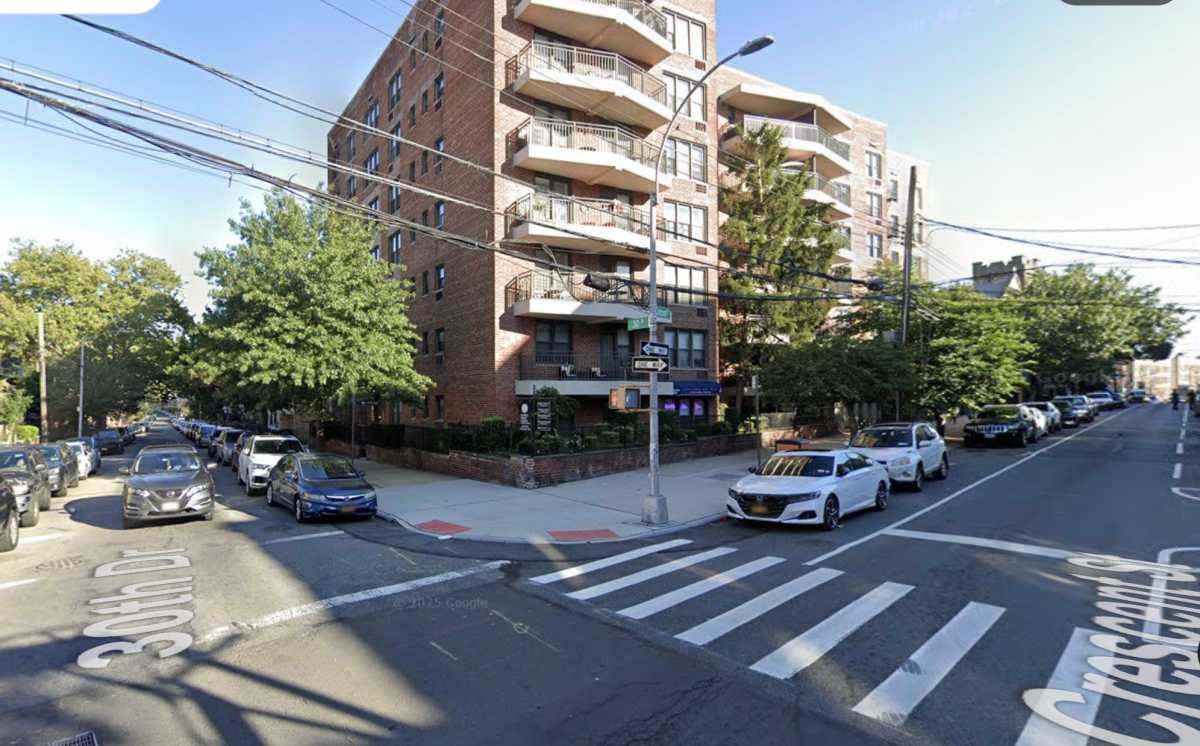The New York State Public Service Commission approved the construction of a $1.4 billion power plant in Astoria that will replace a less efficient one and be better for the environment.
NRG Energy’s plan to replace a 600 megawatt plant in Long Island City that is over 40 years old with a 1,040 megawatt plant was approved on January 20.
“This re-powering project will replace older units with state-of-the-art combined cycle units operating primarily on natural gas,” said Commission Chairman Garry Brown. “The new units will provide reliability and environmental benefits, and will be significantly cleaner and more efficient than the existing units.”
The extra power will be enough for 320,000 new homes, NRG said. Although the new plant will be much bigger, it will be more environmentally efficient. The New Jersey-based company said it will emit just 12 percent of the pollution that the existing plant emits annually. In addition, the project will create an economic boost to the local community by creating 700 construction jobs, according to the Commission.
NRG is one of the three largest market-based sellers in New York City. NRG Astoria, which is a subsidiary of NRG Energy, intends to develop, finance, construct and operate the project as a merchant developer without relying upon cost-of-service rates set by either a federal or state regulatory entity. Consolidated Edison and other retail utility companies buy electricity from companies like NRG and resell it to consumers.
The power plant would be constructed in two phases. Roughly half of the total cost of the project would be spent during each phase. The company expects to finance each phase separately through a combination of debt and equity. NRG hopes to sell power from the new plant through a long-term contract.
The first phase involves the replacement of seven simple-cycle peaking generators that have a combined rated capacity of 120 megawatts, with two combined-cycle units capable of providing a total of 520 megawatts of electricity. The first phase is expected to take 30 months to construct and be operational in the summer of 2013.
The second phase involves the replacement of 24 simple-cycle units that have a combined capacity of 480 megawatts, with two combined-cycle units identical to those involved in the first phase. The second phase is also expected to take 30 months to construct, and is anticipated to be operational in 2015.



































